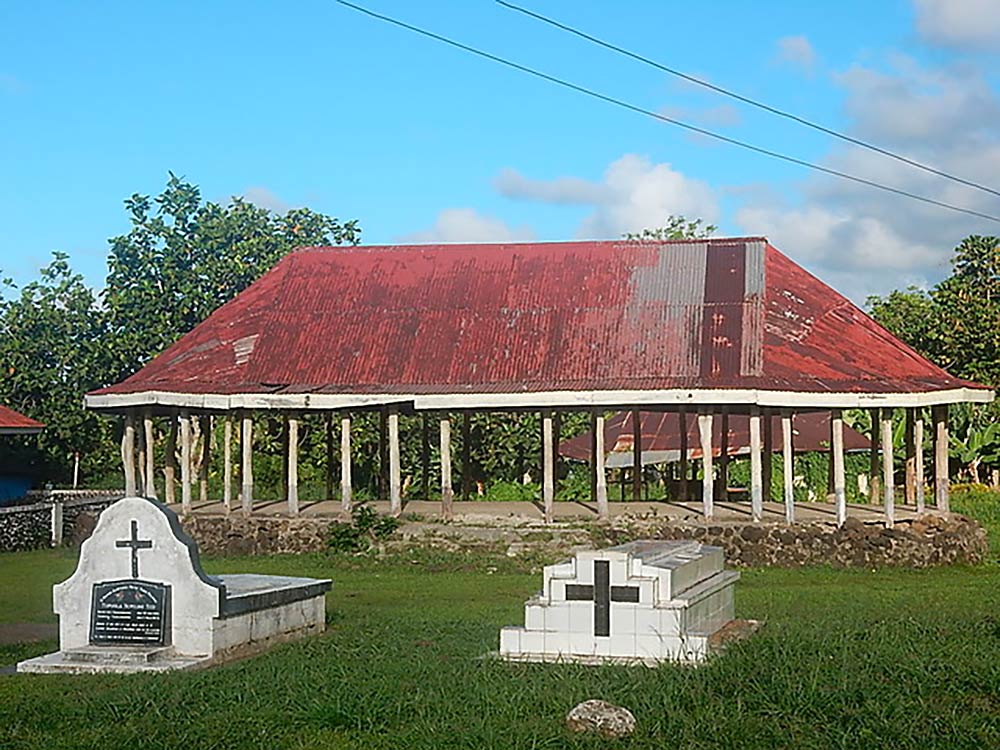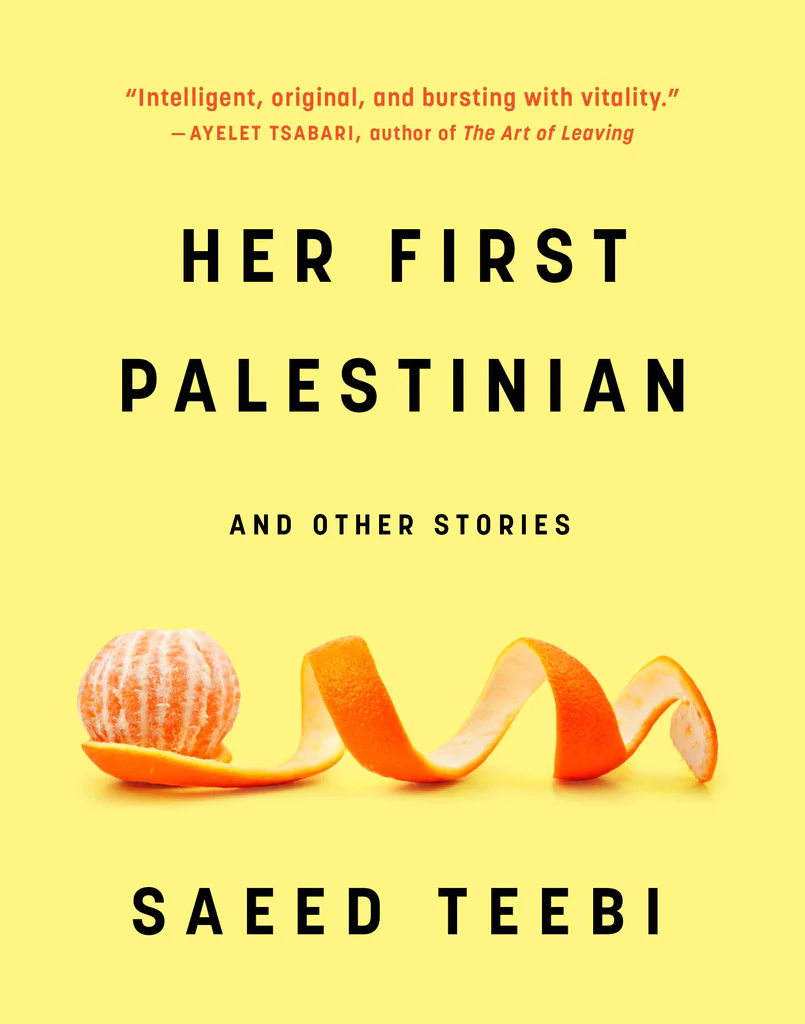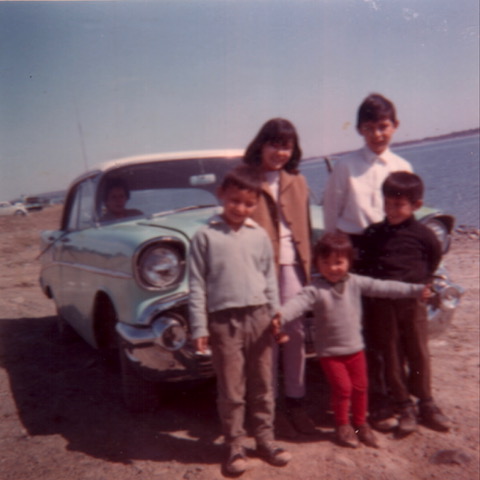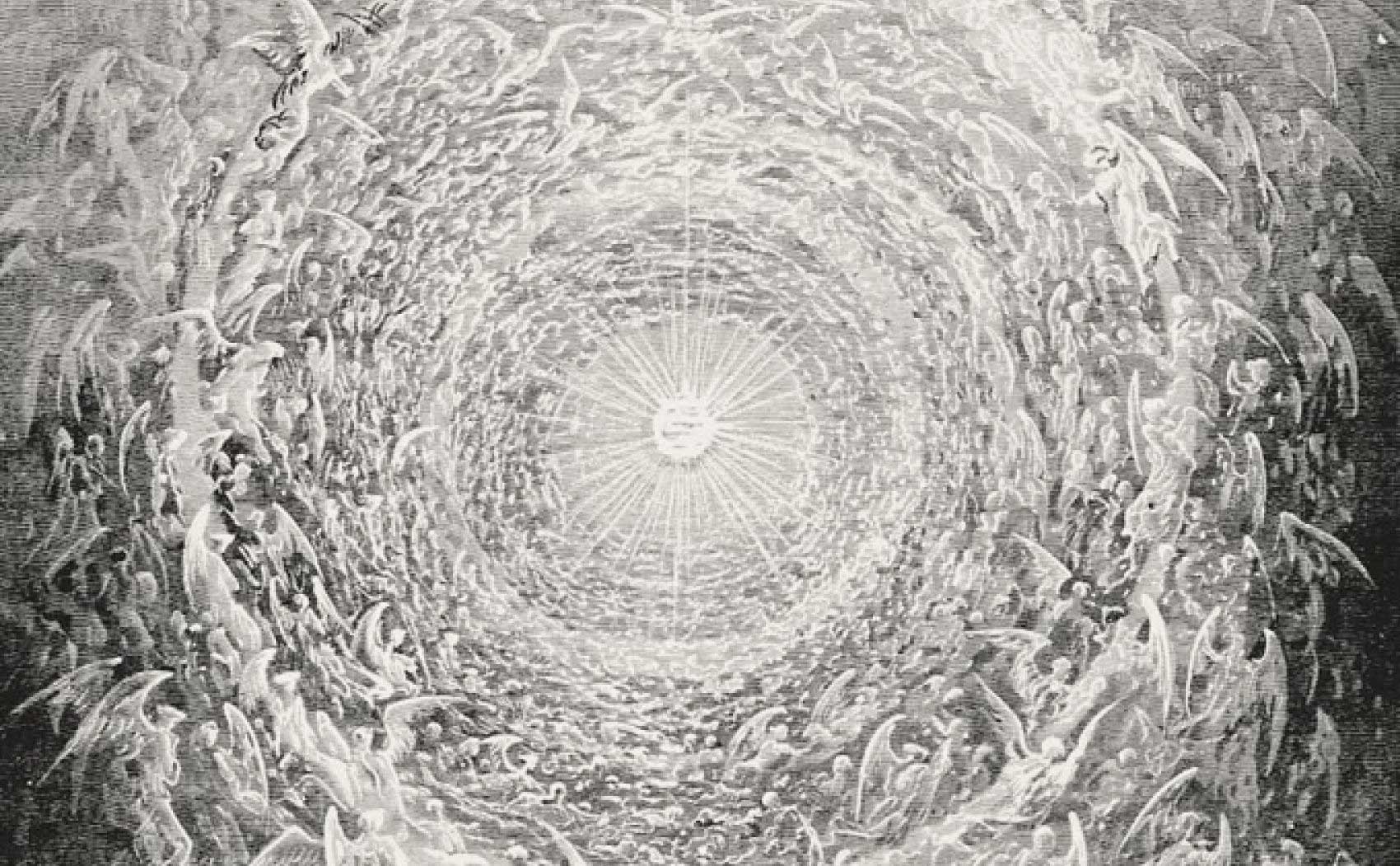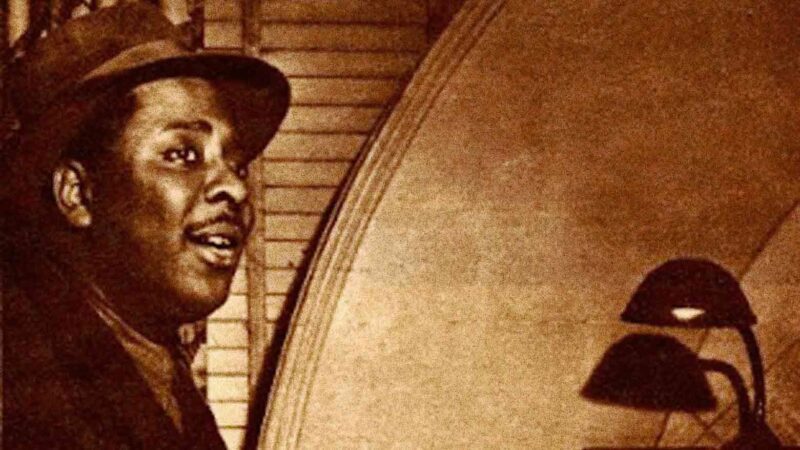Ilustrado. By Miguel Syjuco, Hamish Hamilton Canada, an imprint of Penguin Group, 308 pp., Toronto 2010.
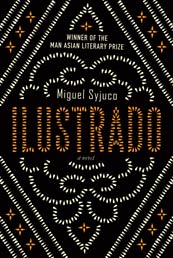 Miguel Syjuco (pronounced See-hoo-koh), with Ilustrado, has achieved what Salman Rushdie achieved with Midnight’s Children: a brilliant irruption into the literary scene. He also triggered a tsunami of interest in the history of a country known to many in Canada more for its ubiquitous care-givers than for its multilayered history. Syjuco received the 2008 Man Asian Literary Prize and the Palanca Award, Philippines’ highest literary honour, for the unpublished manuscript of Ilustrado. Rushdie, as is well known, received the Booker Prize and the Booker of Booker’s for Midnight’s Children. Both wrote about the post-colonial experience and both are voluptuous and highly literate writers worthy of a Maharaja’s gem collection or should we say, of Imelda’s shoe collection. But enough of comparisons, except to say that we augur young Miguel Syjuco a career as interesting as Rushdie’s, minus the fatwa, of course, although he must have stepped on a multitude of Pinoy toes with this exposé of corruption in the Philippines.
Miguel Syjuco (pronounced See-hoo-koh), with Ilustrado, has achieved what Salman Rushdie achieved with Midnight’s Children: a brilliant irruption into the literary scene. He also triggered a tsunami of interest in the history of a country known to many in Canada more for its ubiquitous care-givers than for its multilayered history. Syjuco received the 2008 Man Asian Literary Prize and the Palanca Award, Philippines’ highest literary honour, for the unpublished manuscript of Ilustrado. Rushdie, as is well known, received the Booker Prize and the Booker of Booker’s for Midnight’s Children. Both wrote about the post-colonial experience and both are voluptuous and highly literate writers worthy of a Maharaja’s gem collection or should we say, of Imelda’s shoe collection. But enough of comparisons, except to say that we augur young Miguel Syjuco a career as interesting as Rushdie’s, minus the fatwa, of course, although he must have stepped on a multitude of Pinoy toes with this exposé of corruption in the Philippines.
During the Spanish occupation of the Philippines ilustrado, which means enlightened person in Spanish, was the moniker given to the Filipinos who went to Europe for their education and returned to their country with a desire to better it. Miguel Syjuco, the main character in this book (yes, he is the author’s namesake who also shares some of the author’s biographical details leading the reader to speculate that he is some sort of alter-ego) is a young would-be writer who returns to the Philippines to research famous writer Crispin Salvador’s background for an upcoming biography of his mentor who has recently been reported dead. In this sense, the story line of Ilustrado is similar to the plot of many books written about exiles or descendents of people from the mother country who return in search of their roots. What he discovers there, or rather what he does not discover, provides the author with the narrative underpinnings to delve into the history of the Philippines in the last few decades, roughly coinciding with the author’s/alter ego’s age and circumstances. The author meant the book to be both fiction and non-fiction and left the reader the task of sorting out which is which.
In an interview Syjuco, our Montreal-based author, not his literary alter-ego, explained that the narrative structure of Ilustrado is based on Philippine textiles which at first glance appear to be common patch-work, but are in fact intricate designs with a clear thread of continuity. For this, the author resorted to letters, emails, blogs, memoirs, newspaper articles, poetry and other apparently disparate pieces of writing and wove them together. This strategy presented him with the well-known “challenges of literary bricolage” but it somehow worked. In fact, the different styles and typeface help the reader identify point-in-time, location, mood and narrative voice. A warning, however, this is not for the lazy reader, although it is difficult to be lazy with such engaging writing. In fact, Syjuco’s style can shift from the sublime to the absurd, passing through jocosity and self-deprecation. Apparently Syjuco took hold of many manuscripts from his creative writing student days, including his thesis material, and cut and pasted them together, for which he betrayed his Luddite inclinations and put his computer to good use. He also took this opportunity to streamline his work. As a reader I was enthralled, moved, informed and entertained and above all, made to think about the larger questions of life. In fact the lyrical beauty of some passages made me want more of those and less of the others, but as the author explained in an interview, such monolithic material might have become boring.
I will wind down this review here, not because there isn’t much more to be said, but because there is a lot more to be said about Ilustrado, and Syjuco, the author and his literary alter-ego have said it better than anyone else can.
Ilustrado is a thriller, a coming-of-age story, the political analysis of a country and a cautionary tale for those who face the dilemma of either betraying class and clan or society at large. Most importantly, it is a damn good read. Read it and find out why. In fact, read it and you might become an ilustrado.
PS. Whatever you do, resist the temptation to read the ending first.
